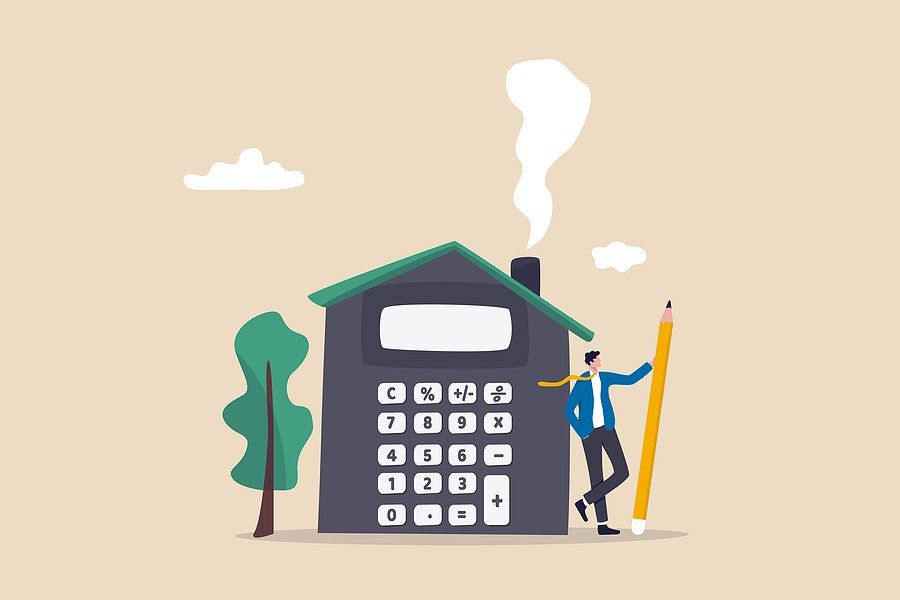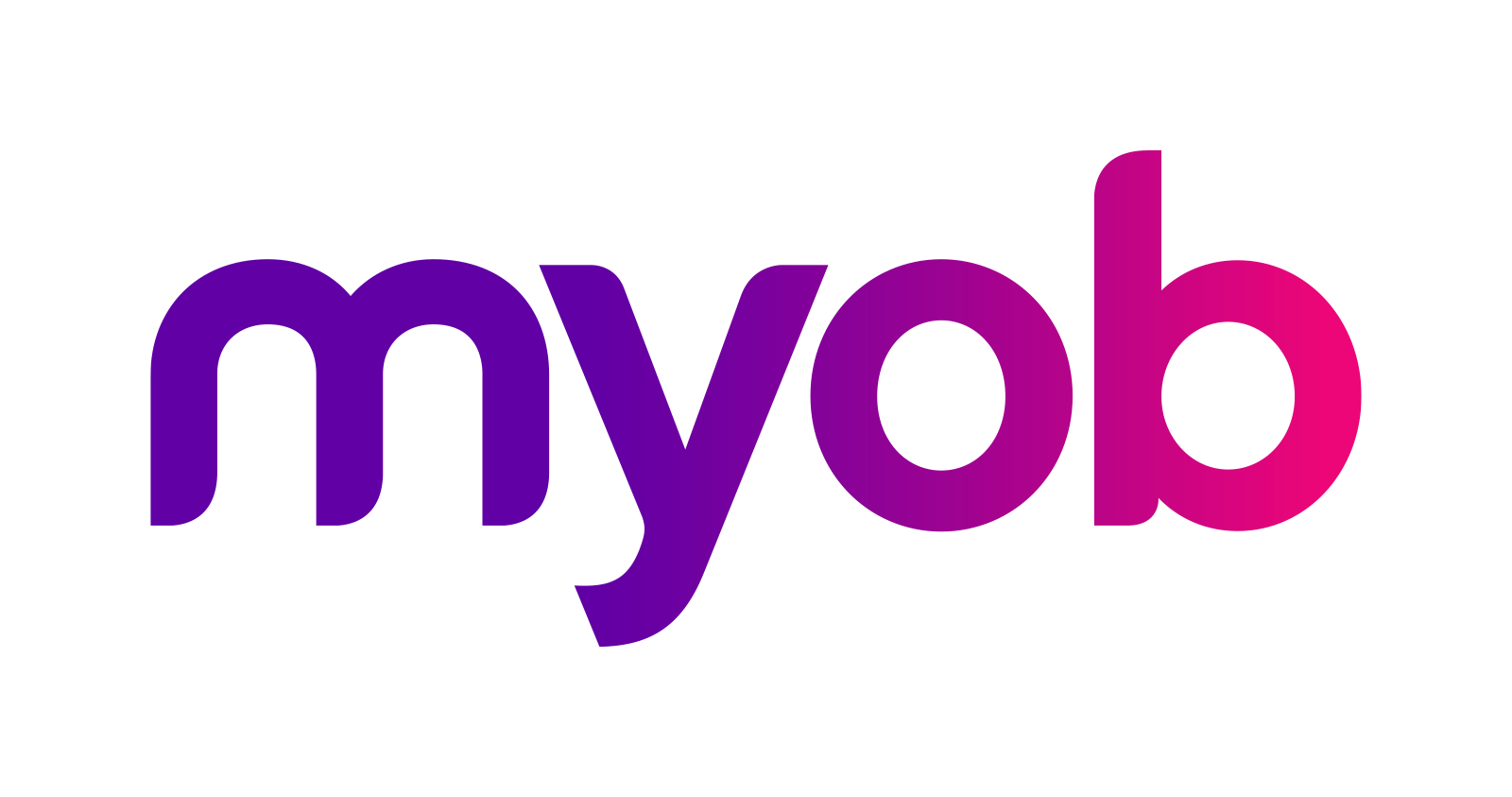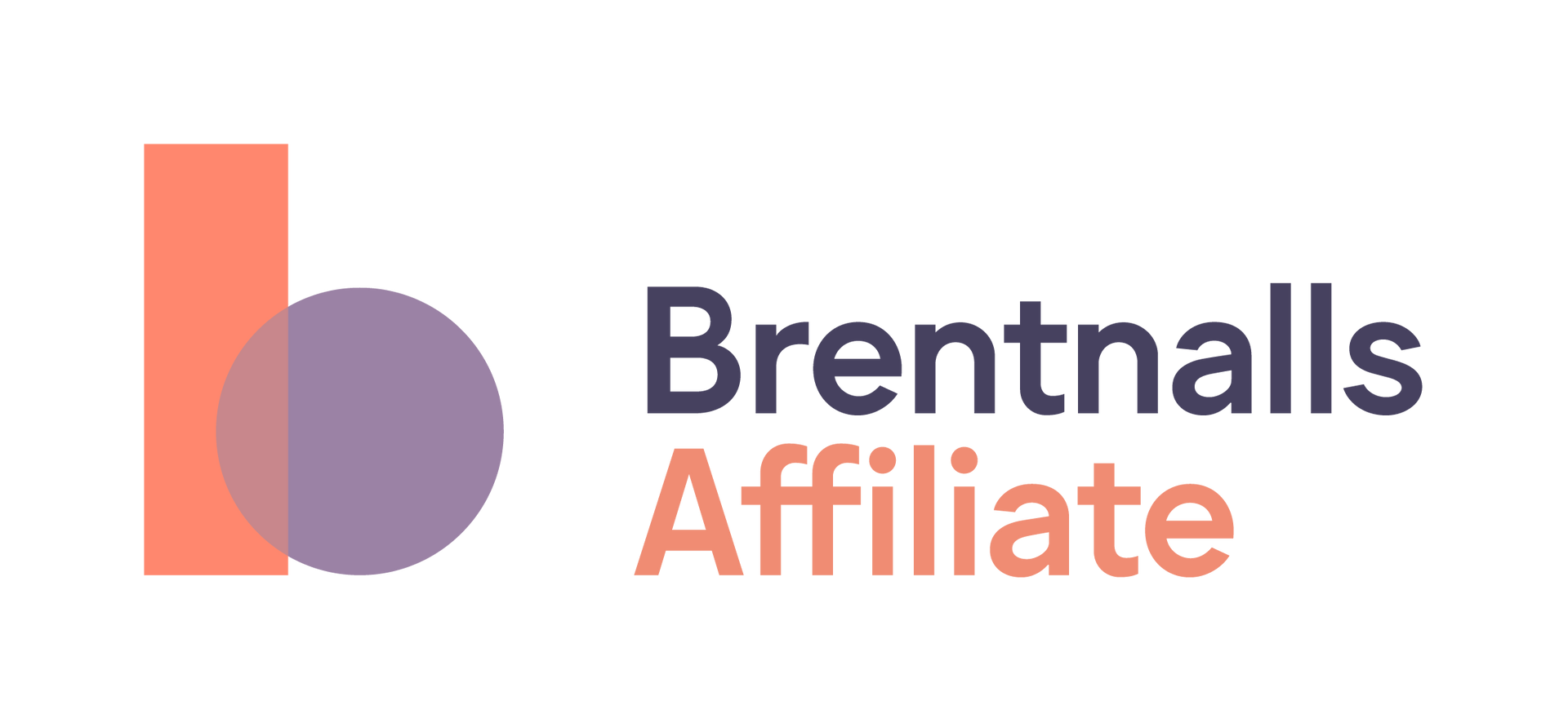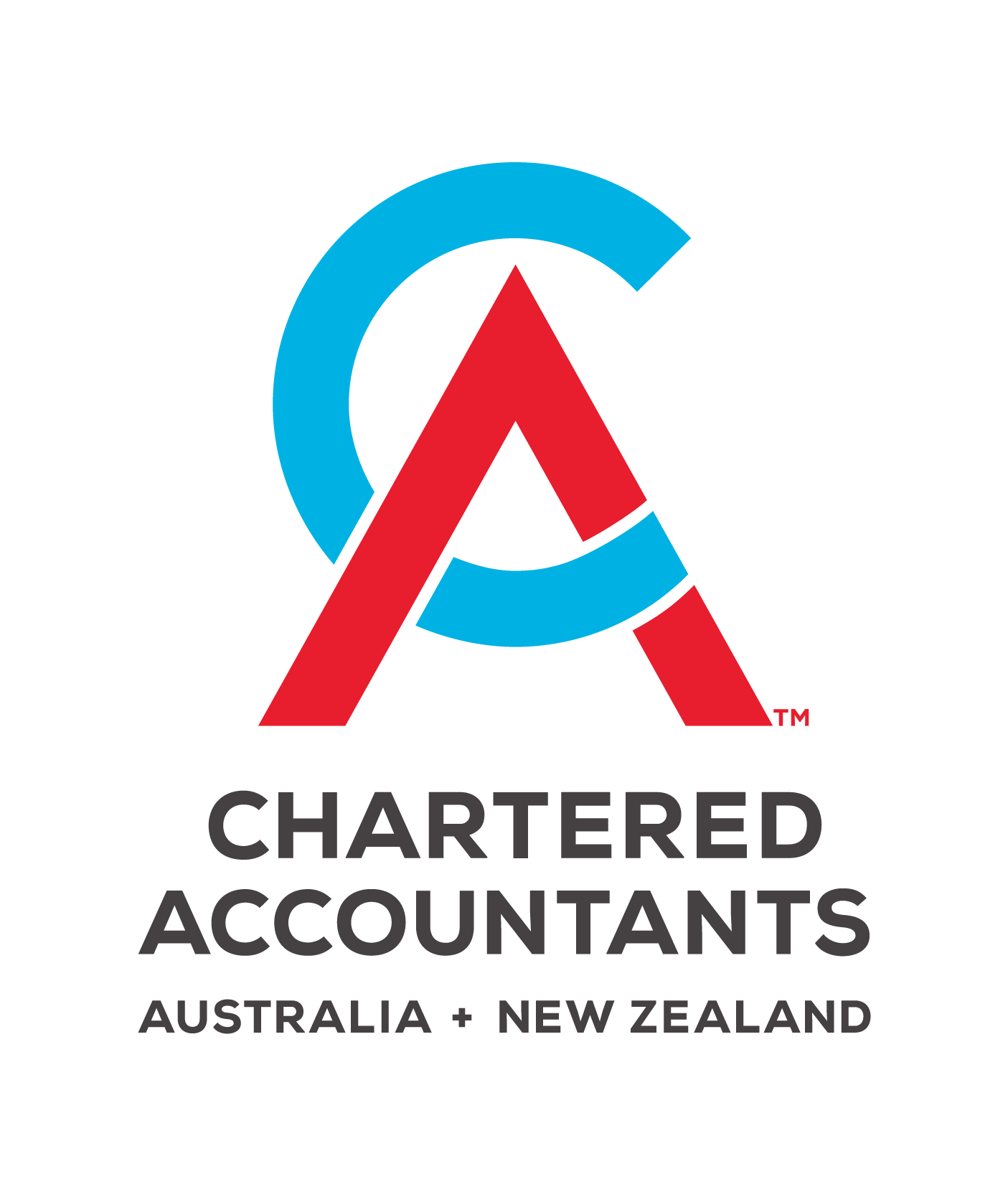News Articles

Fly out of any state capital, and one of the first things you’ll notice on the ground below is the number of backyard swimming pools. This is especially the case in middle ring suburbs, where lot sizes tend to be generous compared to the 400 square metre average found in greenfield housing developments1.
This isn’t just about pool-spotting. As federal, state and local governments embrace the trend to urban consolidation2, it’s becoming easier to subdivide big suburban blocks – selling off part of your land, and maybe retaining the now-smaller lot on which your home sits.
If your home is on a large block, you could be sitting on a goldmine, but subdividing can lead to a minefield of tax issues.
We look at some of the keys factors to consider if you’re thinking about subdividing the land that forms part of your home.
What is – and isn't – free from CGT
The sale of your main residence is normally tax-free. If you sell the property at a profit, those gains aren’t subject to capital gains tax (CGT).
Exceptions can apply, i.e. if you’ve rented the property out for a time, or if you work from home, you won’t get the full benefit of the main residence exemption3. Under these circumstances, a portion of the profit made on the sale of your home can be subject to CGT.
A more complex situation can arise if you subdivide your land, and sell the newly created lot. We’ll say for instance, that your property comprises a 1,000 square metre block, and you decide to keep 500 square metres on which the home is situated, and sell the remaining 500 square metres of vacant (former backyard) land.
In this situation, the land sold separately from your home is subject to CGT. Only the land on which your home sits remains CGT-exempt4.

The challenge is that you’ve now created two separate blocks. These are regarded by the Australian Taxation Office (ATO) as new assets for CGT purposes, and they each have to be assigned a value representing the cost base. This involves apportioning the original cost of the property between the two lots (one with a dwelling, one without). As you may imagine, this can be a complex calculation.
What if I build on the vacant lot?
If you decide to construct a new dwelling on the vacant lot, it won’t come under the umbrella of your main residence (as you’ve never lived there). So, CGT can apply on the sale of the new building.
Moreover, if this new dwelling is sold immediately on completion of construction, it is classified as new housing stock, and the sale will attract Goods and Services Tax (GST).

The timing of your sale matters
If you sell the newly sub-divided lot straight away, you may be entitled to a 50% CGT discount on the profit on sale.
However, if you opt to build a new dwelling on the vacant land, the project can be regarded as a business activity. In this case, you may not get the benefit of the CGT main residence exemption or any potential 50% CGT discount. Instead, you’ll pay tax on any profits on the sale as if you were running a business, with the net profits regarded as ordinary income.
What if I demolish my home and rebuild?
If you opt to knock down your current home, and replace it with a newly constructed dwelling, a full CGT exemption should still be passed onto the new building as long as:
- you move in and make it your home as soon as possible after completion
- it continues to be your main residence until you dispose of it, and
- the dwelling is your main residence for at least three months5.
Good advice, early on can avoid a tax trigger
Embarking on the process of subdividing and selling off part of your land can be lucrative, with added sweetener of less garden maintenance.
But without upfront tax advice, the steps you take can trigger adverse tax consequences. This is why it’s so important to speak to the team at Brentnalls SA from the earliest possible stage. We can help you plan your project to manage the tax risks, and maximise the benefits of your subdivision.
Discuss Further?
If you would like to discuss, please get in touch.
Disclaimer
The information provided in this article does not constitute advice. The information is of a general nature only and does not take into account your individual financial situation. It should not be used, relied upon, or treated as a substitute for specific professional advice. We recommend that you contact Brentnalls SA before making any decision to discuss your particular requirements or circumstances.







